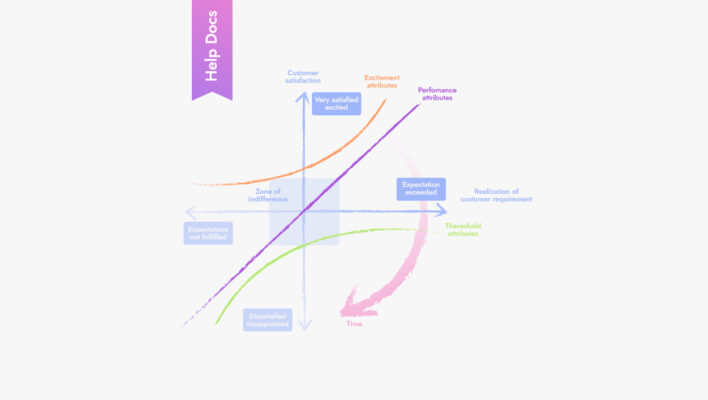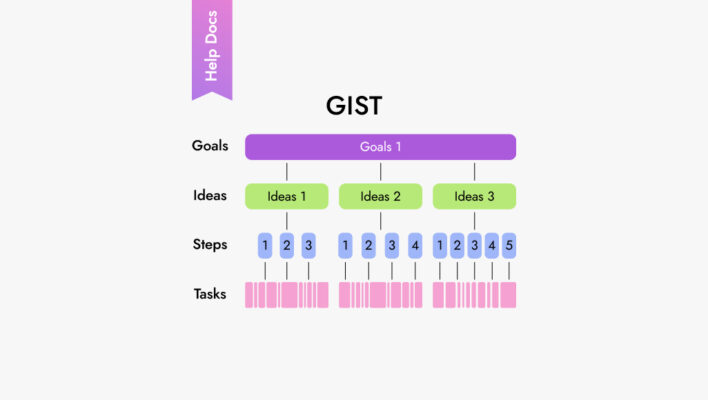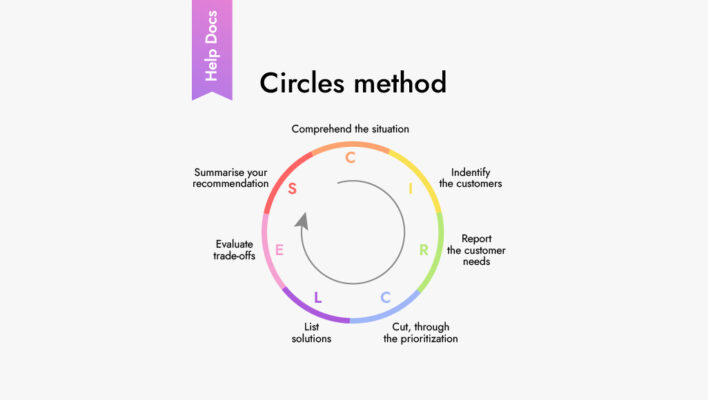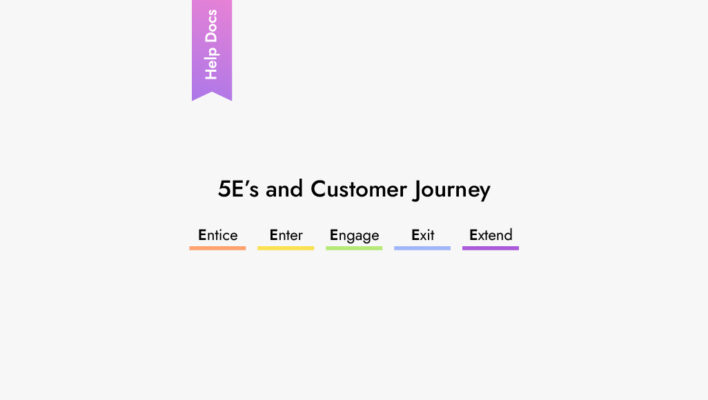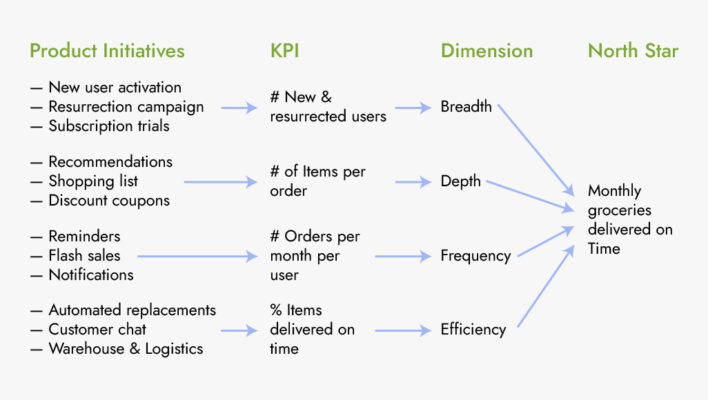How to create a dream team? Strategies for successful personnel management
What separates a group of employees from a dream team, capable of executing the boldest of projects? The latter is like an expensive watch: it operates flawlessly, requires no outside interference, and makes the owner proud. Find out with Storist how to assemble an effective team and learn management techniques from the executives of Google, Amazon, Facebook, and other market leaders.

Key selection
Affinity is one of the major factors in a perfect team. It is confirmed by numerous polls by American Institute of Public Opinion: the employees, who have friends among colleagues, are less likely to change their job and are more effective at their duties. People need to be comfortable around each other, and they must be like-minded to their manager as well. This is why it’s important for a business owner to conduct interviews with candidates, at least in the initial stage.
Google founders Larry Page and Sergey Brin used to do it: they personally talked to each candidate until the company became enormous and it was not possible anymore. To make the right choice, they asked several tricky questions to the candidates. For example, how many golf balls would it take to fill the school bus or how much would you charge for cleaning all the windows in Seattle.
The founder of Facebook Mark Zuckerberg also personally meets some of the candidates. Although, he doesn’t ask any tricky questions, only talks about abstract topics. During the IT conference in Barcelona Mark admitted that he hires only those who he would like to work for himself.
Leading HR specialists recommend hiring highly qualified professionals, but not the stars. Look for candidates with a strong motivation to improve – those who are interested in their profession. By learning together, they will form connections faster and turn a group of colleagues into a team. Hire different people, but those who will complement each other. Consider professional skills, character, and personality types. Any team will require a generator of ideas, a diplomat, coordinator/organizer, an executor, a researcher, a subject matter expert and a people person. There is a great (arguably, the best) method of decision-making called “Six Hats”, described in the article Use the “Six Thinking Hats” technique in order to make the best decisions!. Different roles in it are utilized for making a balanced decision.
Effective people management
Which principles can be called fundamental and universal for managing the personnel? Based on a survey of 10 million professionals done by American Institute of Public Opinion, the essential conditions for the best possible results were formed:
- Knowing professional duties. Employees should realize their impact on the process of accomplishing common goals.
- Supply of equipment and materials. Employees must have everything necessary for executing their duties.
- Opportunity to do what you do best. The manager must assign tasks according to the interests and abilities of employees.
- Expressing gratitude. The manager has to show appreciation to his staff, but the compliments should not be trivial and meaningless.
- Caring about a colleague as a person, stimulating his/her professional growth. The employees who are aware of their career opportunities are more motivated in their job.
One more key factor in personnel management is motivation. According to Harvard Business Review poll, 71% of respondents believe that motivated employees are not only capable of increasing productivity and providing innovative methods to work, but also are more loyal to the organization.
However, as Daniel H. Pink states in his book “Drive”, you can’t rely solely on material incentives. In the long-term perspective, those can lead to decrease in motivation and creative potential, reduce productivity and form a dependency. Daniel suggests diversifying the motivating factors with non-financial incentives: providing the employees with more autonomy, setting ambitious yet realistic goals.

The management of Spotify sticks to the same principles. Their employees are put into small squads, each of those is responsible for certain tasks. At the same time, decisions are made independently and without any required authorization from the management.
On the next level, the squads are united into tribes – bigger teams, which work on bigger projects. Inside of each tribe, people with similar functions and skills are grouped in several chapters. They meet on a regular basis and discuss the problems they face in their projects.
Employees can also be organized in guilds – it’s less formally structured than a chapter. Messaging and conferences are more common in them. Any member can freely join different guilds, leave them or create his own one. This approach not only helps to motivate and open up all employees, but also to increase the effectiveness without harming personnel or processes.

Team building as the driving force for sales
Caring about the employees and team building can help in promoting the product. Patagonia company, which specializes in outdoor clothing and gear for climbing, surfing, skiing, snowboarding and trail running, proved it by example. The managers noticed that employees are much better at sales when they actually love the product and believe in it. The customers feel it and are more willing to make a purchase. This is why, since the company was founded in 1973, their policy was built on the “Let My People Go Surfing” principle.
The office of Patagonia is located near a beach. Each employee has an opportunity at any moment to grab a surfboard and go ride a wave, even if it’s during work hours. As long as tasks are solved on time. There is even an everyday surfing report and supply of towels. The management encourages corporate retreats as well, believing that it bonds the team together and makes employees feel happy.
While being fatigued and under constant stress, people can never work well. This is why so many companies in the world pay attention to the psychological and physical well-being of their staff. For example, there is an AmaZen program at Amazon. The company provides booths for meditation in its warehouses and logistic centers. Those are small rooms with plants, fans, and nice posters on the walls for meditating, relieving stress and watching calming videos, the topics of which change every month. It helps employees to recharge and recover.

There is also something to learn from the famous Japanese Studio Ghibli. Animators often work without any rest. Because of overtime work they experience burnouts and many physical and psychological problems. In order to prevent that and show appreciation for their hard work, Ghibli has been hiring massage therapists on Saturdays, which allows employees to have some rest and recover after a tough week. The director Hayao Miyazaki does a lot for his employees to feel like a family. For example, he cooks for his staff a simple and hearty ramen by himself, as collective meals really bond people together.
As we can see, every well-renowned company has its own unique way of creating and managing a team. Fortunately, you don’t have to work for them, in order to use that experience. You can read books, in which those managers share their secrets, take away the best ideas and apply them into your practice.
This is the core mission of Storist interactive summary service – to help everyone retain valuable knowledge from books, so that they wouldn’t become just the check marks in the list of a read literature.
Our team has developed a unique system, which will allow you not only to read the best non-fiction literature fast, but also practice the newly acquired knowledge. Which, by the way, comes in a game format, so it is going to be fun!
Take the Storist test and receive a personalized learning plan, which includes 12 best business bestsellers for your goals. At Storist, the books are transformed into mini-courses with a simulator for memorizing key ideas and with templates for applying those ideas right away. As a result, you will be able to take away all the valuable stuff from 12 books in just 3 months, by studying only 10 minutes a day.Long story short: take a test and see Storist mini-courses for free.


